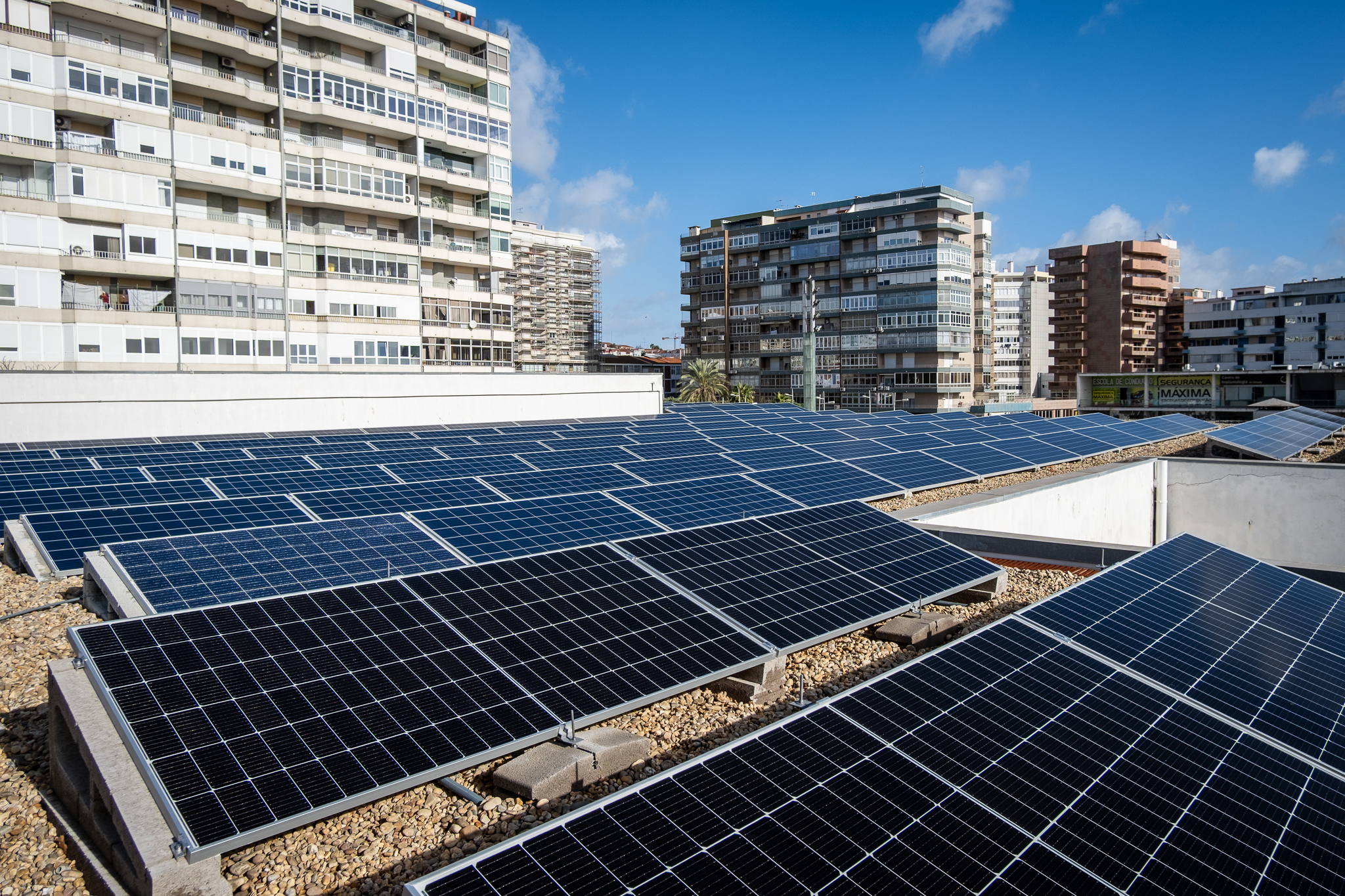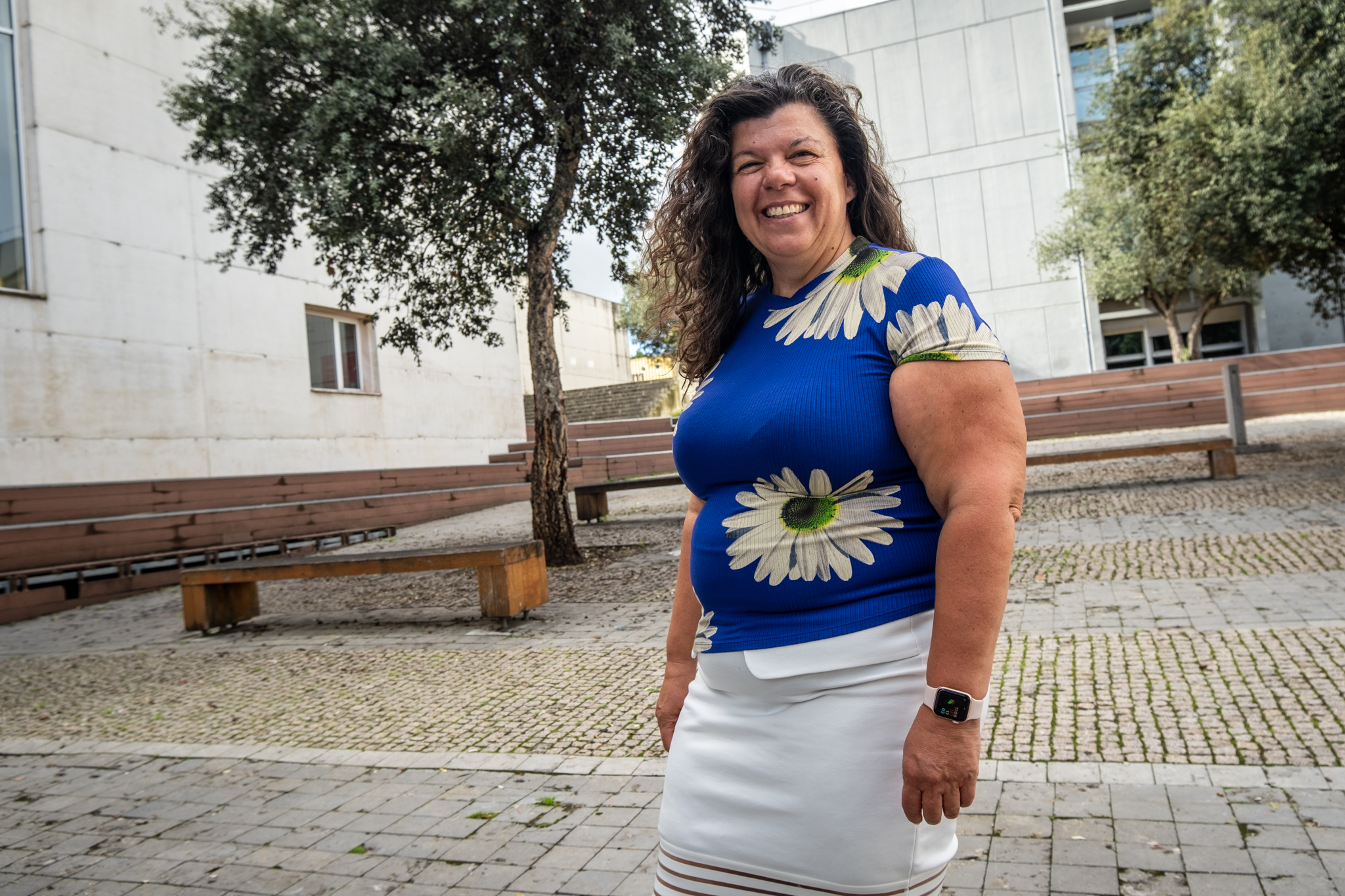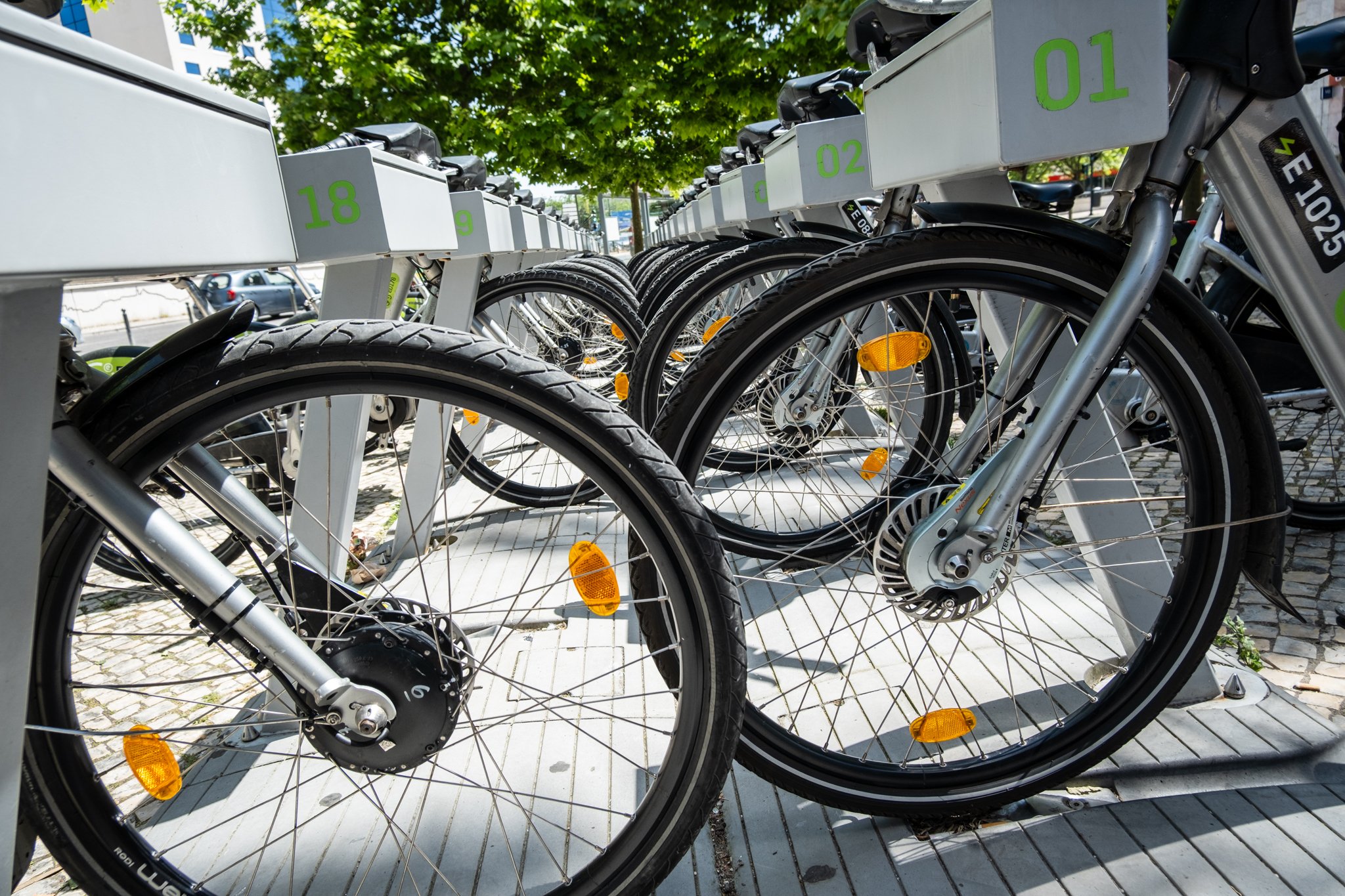Instead of reacting to congestion, Lisbon's traffic lights will now predict situations of congestion through artificial intelligence.

O YES.Lxthe new intelligent traffic light system that EMEL began outlining in 2020is already taking shape on the ground, as reported the Expresso newspaper. In the intersections integrated in SIM.Lx, congestion will be better managed, priority will be given to emergency vehicles and public transport will be facilitated.
EMEL explained to Expresso that SIM.Lx already has the data centers working and that 70% of the city's 547 signalized intersections have already been modernized and therefore ready for SIM.Lx. These intersections are now being integrated into the new system "in a process that will be phased and gradual" and will be coordinated in a more intelligent way. "It is our expectation that improvements in traffic signal regulation in some areas can already be felt in January" of the city, EMEL referred to the same newspaper. Last week, intersections downtown and on the avenues João Crisóstomo, João XXI and Duque de Loulé began to be programmed with SIM.Lx
EMEL, the Lisbon City Council's public company that for a long time was associated with parking, has become the main regulator of mobility in the city, diversifying its activity with the operation of GIRA, the expansion of the cycling network, the development of public space works or the management of the traffic light network.
Lisbon's traffic lights have been modernized since 2019, the first being those on Avenida Almirante Reis, with the installation of new sensors. These small devices can already be observed at a number of intersections in the city: at 70% of the city's current 547 signalized intersections, to be precise.
The remaining 30% junctions should be modernized by March/April 2022 and "correspond to the area of the city that is still centered on the previous system (Gertrude), which will be decommissioned by the end of the first four months of 2022"EMEL revealed to Expresso. Gertrude is a French system from the 1970s that arrived in Lisbon in the following decade to ease congestion in a city that was starting to become chaotic. Although it has been changed over time, EMEL said in 2020 that did not follow "the natural evolution of urban mobility, and which is clearly out of step with today's needs".
Some of the intersections that are yet to be modernized are those that still have the Gertrude working, and are mainly located in the Central Axis and surrounding areas, on Avenida da Liberdade and downtown. EMEL reveals to Expresso that it is in these places that most of the faults identified in the traffic light network are centered. "by and large, they are resolved within hours". The main difference between SIM.Lx and Gertrude is that, instead of reacting to congestion, it will predict it through artificial intelligence. Expresso explains that SIM.Lx will base its predictive capabilities on a traffic model of the city of Lisbon built from scratch by EMEL in 2019 and that can be readjusted every three months with the help of data obtained from sensors installed at traffic lights, so that this model is as close to the current reality of the city as possible.
SIM.Lx will thus be able to anticipate congestion scenarios, but also help the city's traffic flow better, giving priority to emergency vehicles that need to pass and to public transportation in its BUS lanes, and taking into account situations such as accidents or closed streets that may create critical points of congestion.










